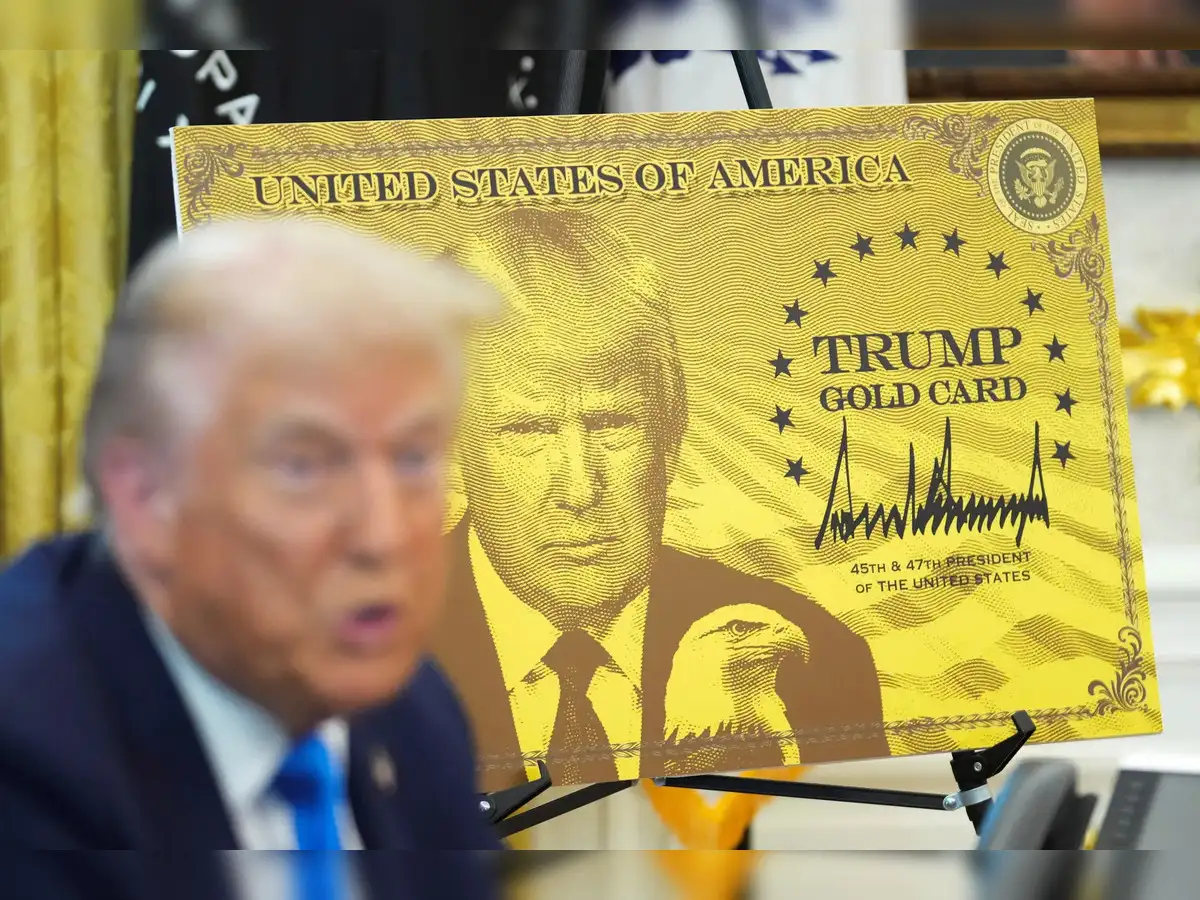




Copyright infringement not intended
Picture Courtesy: https://www.wipo.int/web/office-china/w/news/2024/wipo-member-states-adopt-riyadh-design-law-treaty
India signed the Riyadh Design Law Treaty (DLT) to promote inclusive growth and strengthen its Intellectual Property (IP) ecosystem.
After almost 20 years of negotiations, member states of the World Intellectual Property Organization (WIPO) adopted the Riyadh Design Law Treaty (DLT).
The treaty aims to standardize and expedite the design protection process worldwide, increasing its effectiveness and accessibility for all parties involved, especially independent designers, startups, and small and medium-sized businesses (SMEs).
Types of intellectual property (IP)A patent is an exclusive right granted for an invention that provides a new method of doing something or a new technical solution to a problem. Copyright refers to the legal rights granted to the creators of literary and artistic works. A trademark is a symbol that distinguishes one company's products or services from those of others. Industrial design refers to the ornamental or aesthetic aspect of an article. Geographical Indications are used to identify goods with a specific geographical origin and qualities or reputation associated with that origin. Trade secrets are intellectual property rights that protect confidential information and can be sold or licensed. |
Relaxed time limits for design applicants.
The reinstatement of lost rights.
The option to correct or add priority claims.
Simplified procedures for recording assignments and licenses.
The ability to file multiple designs in a single application.
The treaty encourages the implementation of electronic industrial design systems and facilitates the electronic exchange of priority documents.
The treaty sets a strong emphasis on providing independent designers, startups, and SMEs with simplified design protection.
By lowering administrative costs and improving their capacity to protect their designs internationally, this treaty seeks to empower these stakeholders.
India strengthened its commitment to improving its intellectual property (IP) ecosystem and promoting inclusive growth by signing the DLT.
It is expected to empower Indian SMEs and startups by improving design protection, encouraging the acquisition of design rights internationally, and increasing their competitiveness.
It complements existing IP protection initiatives, which include the Startup India program, the Startups Intellectual Property Protection (SIPP) scheme, and the National IPR Policy 2016.
Must Read Articles:
‘INTELLECTUAL PROPERTY RIGHTS’
WIPO Treaty on Intellectual Property, Genetic Resources, and Associated Traditional Knowledge
Source:
|
PRACTICE QUESTION Q.Consider the following statements in the context of the World Intellectual Property Organization (WIPO): 1. It is a specialized agency of the United Nations (UN). 2. Its headquarters is in New York. 3. WIPO depends on voluntary contributions from member states. How many of the above statements are incorrect? A) Only one B) Only two C) All three D) None Answer: B Explanation: Statement 1 is correct: The World Intellectual Property Organization (WIPO) is one of the 15 United Nations's specialized agencies According to the 1967 Convention, WIPO was established to promote and protect intellectual property (IP) worldwide through collaboration with countries and international organizations. Statement 2 is incorrect: WIPO is headquartered in Geneva, Switzerland, and has "external offices" all over the world, including in Algiers (Algeria), Rio de Janeiro (Brazil), Beijing (China), Tokyo (Japan), Abuja (Nigeria), Moscow (Russia), and Singapore. Statement 3 is incorrect: Unlike most UN organizations, WIPO does not depend heavily on assessed or voluntary contributions from member states; 95% of its budget is derived from fees associated with its global services. |







© 2025 iasgyan. All right reserved